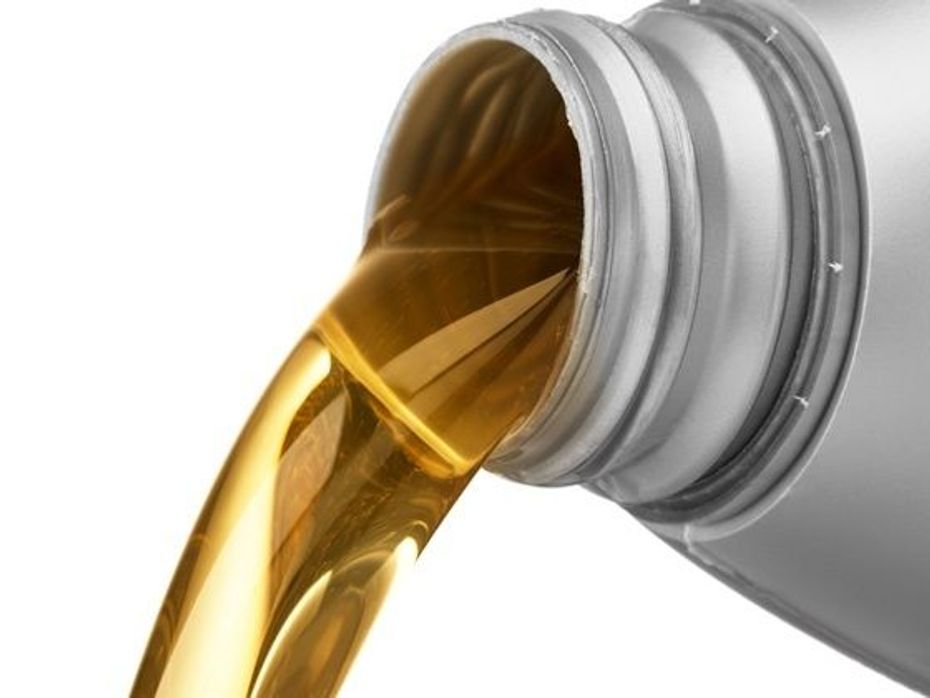Explore all New Cars of 2024
 9-seater Mahindra Bolero Neo Plus Launched At Rs 11.39 Lakh: Top 7 Highlights
9-seater Mahindra Bolero Neo Plus Launched At Rs 11.39 Lakh: Top 7 Highlights


We know manufacturers recommend certain grade of oil for a particular vehicle model. We see a combination of numbers and letters like 10W40, 15W50 or the ones on the label of oil cans, but never really understood their significance. And due to this, we often have no idea about the kind of oil we are buying and whether it is ideal for the vehicle.
To start with, let’s first understand how these grades are read and to put it in extremely simple terms we shall take 5W30 grading as an example. Numerous tests are conducted by the Society of Automotive Engineers to understand how affectively the oil performs at -17.8 degrees Celsius (0 degrees Fahrenheit) and 100 degrees Celsius (212 degrees Fahrenheit). So in this case, the two numbers ‘5’ and ‘30’ mean that the oil is multi-grade and has been tested at two different temperatures.
Viscosity, in simple terms is the thickness of the oil. The higher the number, the thicker the oil is, which also indicates that the oil is resistant to flow. Obviously, it is easier for thinner oil to flow across into the engine.
The ‘5’ in 5W30, denotes the viscosity of the oil when the engine is cold. The lower the number, the less it thickens in cold. In India this number doesn’t really hold much significance mainly taking into account the fact that the temperature variations here aren’t really drastic, but in countries where the temperatures can get extremely low, this unit is of utmost significance. While the ‘W’ in 5W30 stands for winter.

Photo Credit: Thinkstock
The ‘30’ indicates the viscosity of the oil at 212 degrees Fahrenheit or 100 degrees Celsius. While the engine oil becomes thin at higher temperatures, it still needs to be thick enough to ensure that it continues to protect your engine. In simple words, it indicates the resistance of oil to thinning at higher temperatures. For example 5W20 will thin out faster at high temperatures than 5W30.
While most manufacturers recommend a certain grade of oil for your vehicle, selecting the right one has got a lot to do with the way you use your vehicle and what kind of weather you use it in. If the manufacturer recommendation for your vehicle is 15W40 and you tend to push your vehicle to the limit more often than not, you can upgrade to a 15W50 instead. Remember not to go one-step down and opt for any oil less than the recommended ‘40’ grading as it can be ineffective in providing adequate lubrication and eventually ruin your engine.
On the contrary, you are permitted to go lower than the suggested viscosity but surely not over. For example, in place of 10W40 you are permitted to use 5W40 for your vehicle but not anything over ‘10’. However, it is best to consult your mechanic before you make the change or simply stick to what the manufacturer recommends for your car.
India's largest automotive community